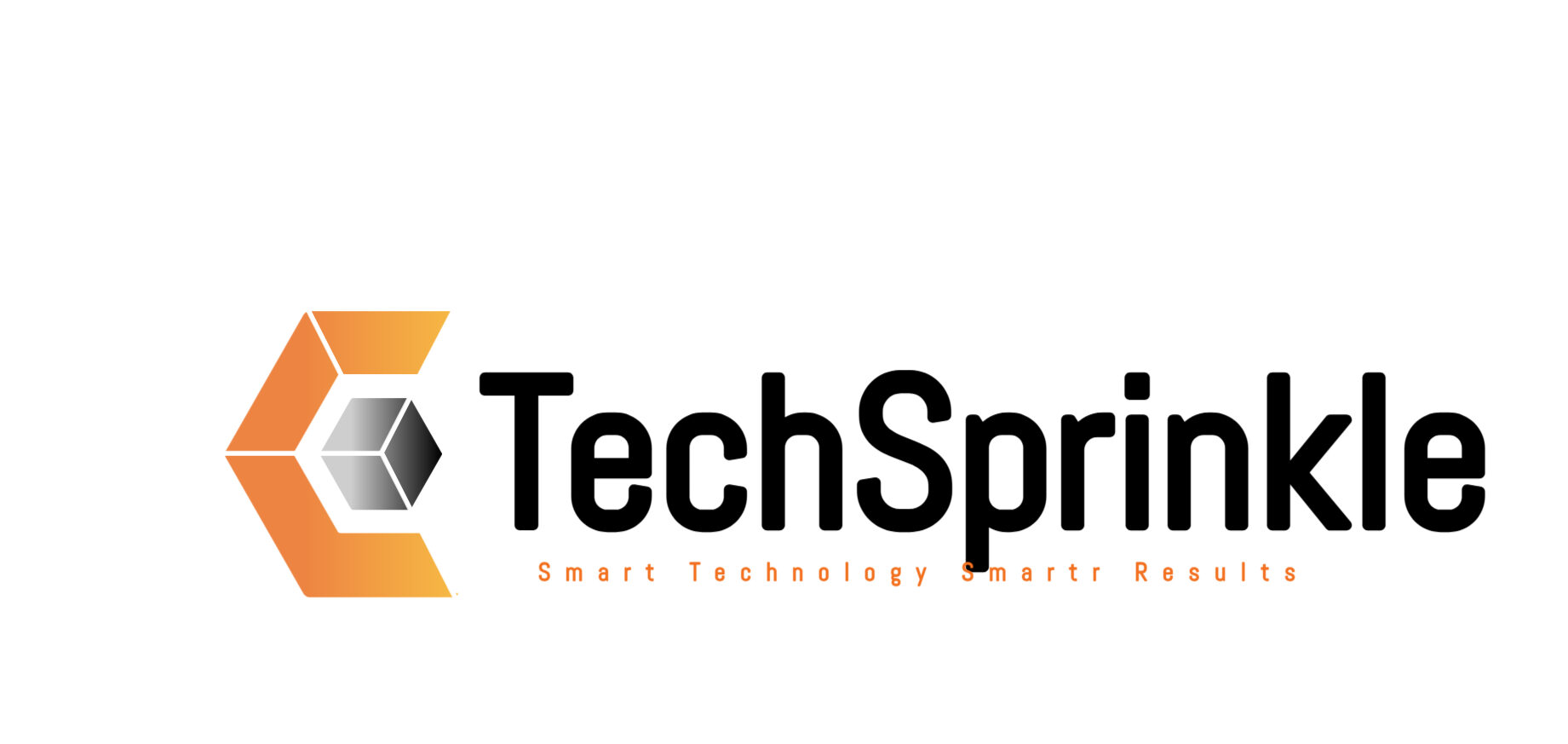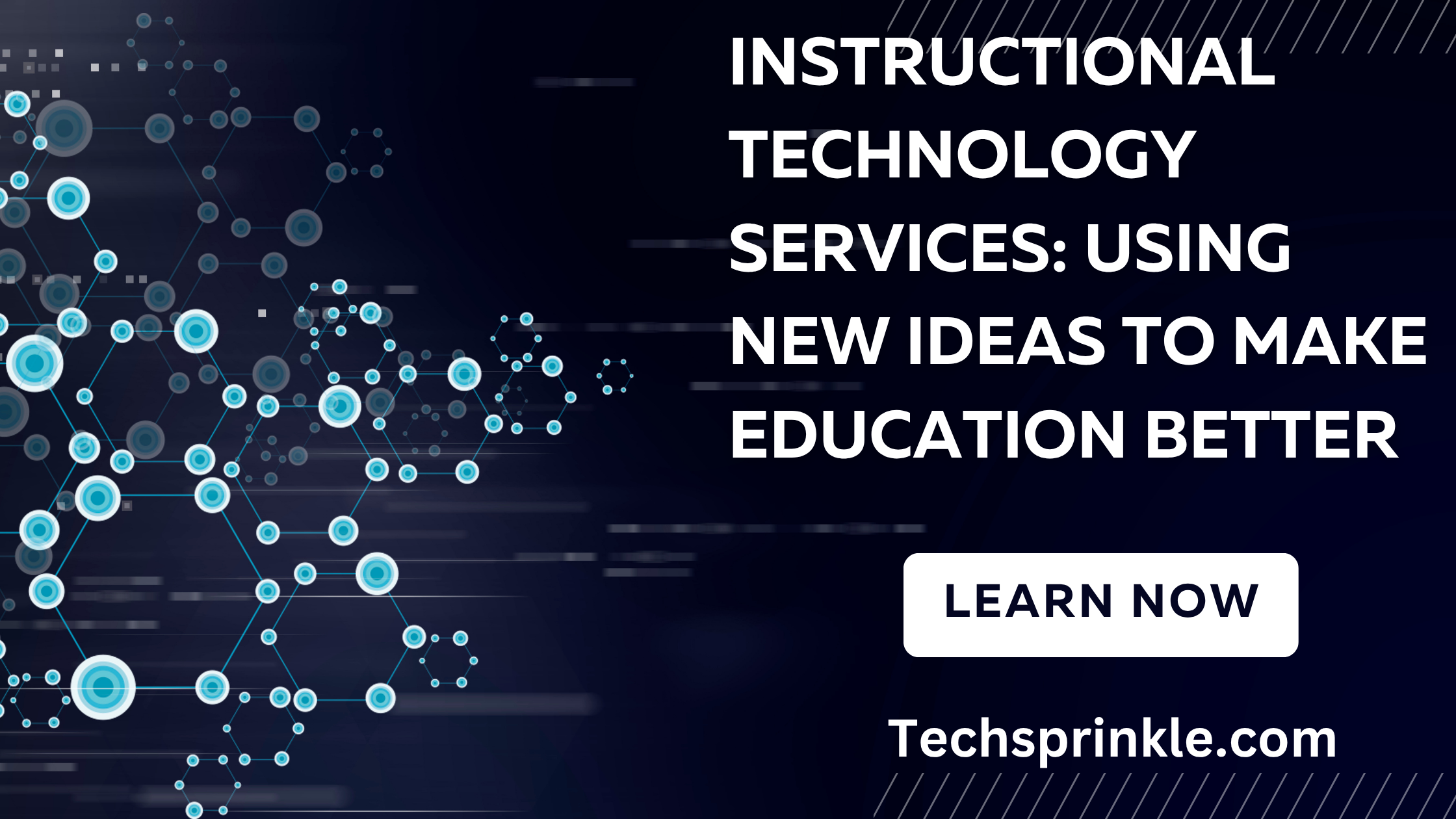Table of Contents
Beginning
The use of technology in schools is no longer a luxury; it’s a must in today’s rapidly changing educational world. Modern technology tools and systems are quickly adding to or perhaps taking the place of traditional ways of teaching. Instructional Technology Services (ITS) is a very important area of education that has come about because of this change.
Instructional ICT Services are the systems, support, resources, and training that are given to teachers, students, and schools so that they may utilize ICT successfully in the classroom. ITS connects digital technologies and instructional information to produce learning environments that are dynamic, efficient, and easy to get to.
This blog talks about what Instructional Technology Services are, why they are important, how they function, their pros and cons, what you need to do to use them, and what the future of these services in education could look like.
What do instructional technology services do?
Instructional Technology Services include a variety of tools and services that use technology to improve the experience of teaching and learning. These services might include:
Canvas, Moodle, and Blackboard are examples of Learning Management Systems (LMS).
Support for smartboards, projectors, and audio equipment in the classroom
Software tools for making content, such screen capture and video editing
Platforms for online testing and feedback
Teaching educators how to use digital tools in the classroom
Help with technology in digital classrooms
ITS teams operate in schools, colleges, universities, and companies that teach their employees. Their objective is to make sure that teachers know how to utilize technology well and that students get the most out of interactive and individualized learning experiences.
Why Instructional Technology Services Are Necessary
ITS is important because it can:
1. Improve Learning Results
Technology may help students with varied learning styles visual auditory and kinesthetic which makes classes more effective and open to everyone.
2. Get people more involved
Students stay interested and motivated when they use interactive tools like simulations gamification and digital quizzes.
3. Encourage Flexibility
ITS supports both online and hybrid learning approaches which means students may go to materials whenever and wherever they choose.
4. Help teachers
Teachers get training and guidance to successfully use technology in their lessons which helps them keep up with changing trends.
5. Make it easier to get to
Assistive technologies like screen readers subtitles and speech recognition tools help students with impairments learn better.
How Instructional Technology Services Help
ITS works by using a multi-layered method. Here’s a list:
1. Evaluation of Needs
The first thing ITS teams do is look at the institution’s requirements, such as the demographics of the students, the infrastructure that is available, the preparedness of the personnel, and the aims of the curriculum.
2. Planning and Strategy
After figuring out what has to be done, a strategy for integrating technology is made. This involves making changes to the hardware, installing software, and making a budget.
3. Putting it into action
The ITS department sets up and configures networks, installs hardware, and sets up digital tools and platforms as required.
4. Help and Training
Teachers learn how to utilize new technologies in the best way. There is also ongoing technical and teaching assistance.
5. Review and Feedback
ITS teams are always getting input, keeping an eye on how users are using the systems, and looking at results to make them better.
Benefits of Instructional Technology Services
1. More involvement and memory
Adding animations movies and interactive lessons to classes helps students pay attention and remember what they learned.
2. Evaluation and feedback in real time
ITS lets instructors provide quizzes polls and assignments right away, so they can see how well their students are doing and change lessons as needed.
3. Working together and talking to each other
Discussion boards group chats and cloud-based file sharing are all ways that digital platforms let people work together.
4. Saving time and money
Digital resources may help you save money on physical goods. Tools for grading and managing things automatically save time.
5. Decisions Based on Data
ITS systems sometimes come with analytics that let teachers keep track of how their students are doing and change their lessons as needed.
The worst things about instructional technology services
ITS has certain benefits, but it also has a number of problems and drawbacks:
1. The Digital Divide
Not all kids have the same access to gadgets or high speed internet which makes learning possibilities unequal.
2. Too Much Dependence on Technology
Too much reliance on technology, might make it hard to see how important it is for teachers and students to talk to each other and think critically.
3. High Costs at the Start
Many institutions can’t afford to invest in infrastructure software licensing and training to use ITS.
4. Not wanting to change
Teachers and administrators may not want to use new technology particularly if they haven’t been instructed on how to use them.
5. Risks to privacy and safety
Storing student information online makes people worry about cyberattacks data breaches and following privacy regulations.
Important Things for a Successful Implementation
A deliberate strategy is needed to successfully integrate Instructional Technology Services. Here are the most important things:
1. Support from leaders
Strong support from school or institutional leaders is necessary for managing change, finance, and vision.
2. Growth as a professional
Continuous training makes sure that teachers not only learn how to use the tools, but also how to teach in the best way.
3. Readiness of the infrastructure
For ITS to work well, it needs a reliable internet connection, a power source, devices that work with it, and IT assistance.
4. Personalization and freedom
Not all technology is the same. It has to match with the school’s particular instructional objectives and culture.
5. Design that includes everyone.
All learners, including those with special needs, should be able to use tools and platforms.
6. Involvement of Students
Students should be encouraged to provide feedback and use technology in a way that is more than merely passive.
K–12 classrooms use smartboards, digital storytelling applications, and educational games as real-world examples of instructional technology services.
Higher Education: LMS-based blended learning approaches for lectures, homework, and forums.
Corporate Training: Online courses and virtual training sessions to help employees gain new skills.
During the COVID-19 epidemic, there were virtual classrooms, live-streamed classes, and interactive whiteboards for remote learning.
Special education includes things like voice-to-text, captioning, and adaptable keyboards.
What will happen in the future with instructional technology services
AI—personalized learning routes and smart teachers.
Virtual reality (VR) and augmented reality (AR) are ways to learn that are very real.
Gamification is the use of game-like features to make learning more exciting and interesting.
Learning Analytics Using large data to better monitor and improve things.
Mobile Learning means that people are using smartphones and tablets more and more to get educational information.
These trends show that ITS will only become more important and widespread as education becomes more global and linked via technology.
In conclusion
Instructional Technology Services are changing the way we teach in the current world. They help schools create learning environments that are flexible, welcoming and based on data that match the needs of 21st century students. There are problems such as the digital gap cost and privacy issues, but the rewards are greater than the problems when you plan ahead.
There is little question that technology will play a big role in the future of education. Schools can get teachers and students ready for a world that is becoming more digital linked and always changing by spending money on strong Instructional Technology Services.
As we go forward, the objective should be not simply to utilize technology but to use it properly so that learning is still based on empathy creativity and curiosity.











